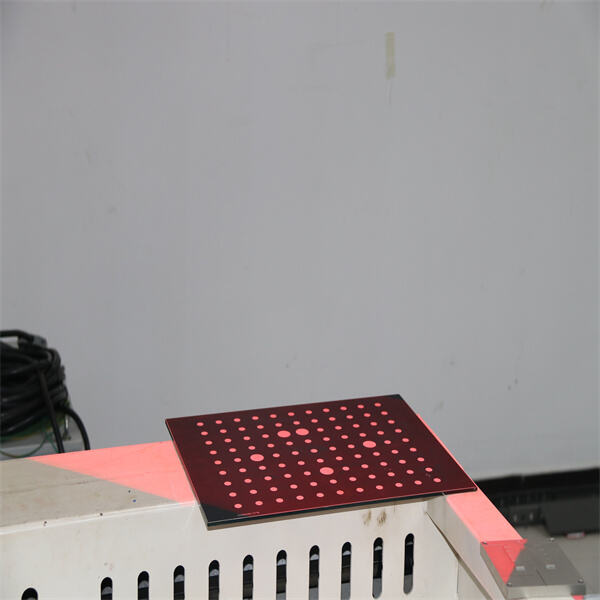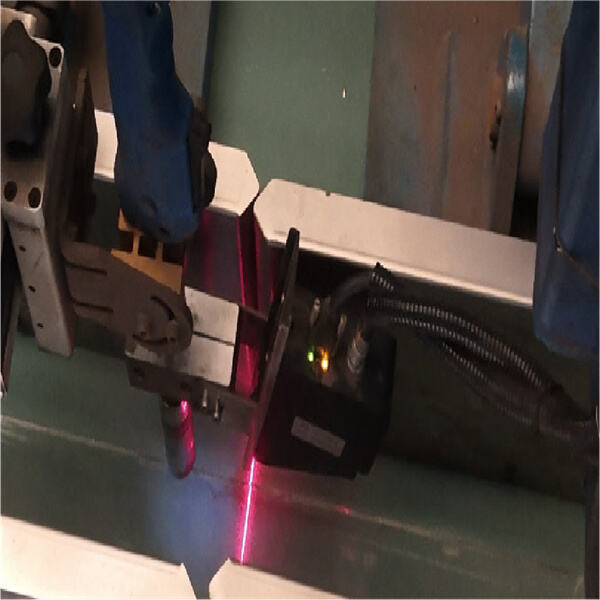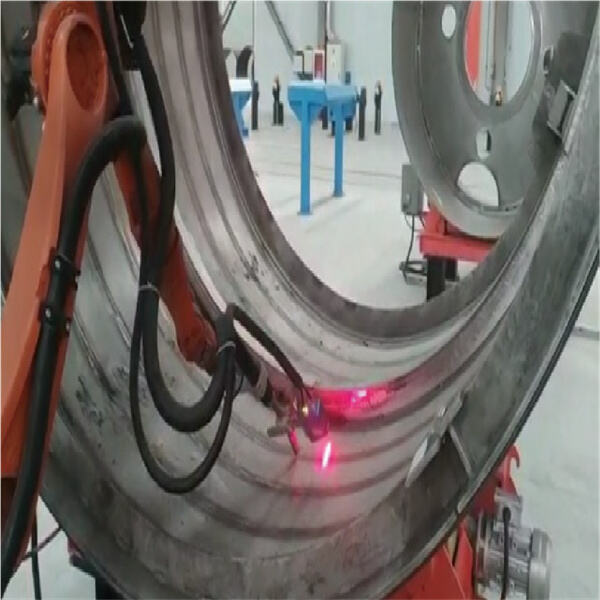Welding is a method used for joining together materials. You heat the materials to melt and cool it down. When the materials cool, they create a strong bond that keeps them pressed tightly together. Welding is a very valuable skill that can be used in numerous trades. It has a lot to do with construction, which is when people build things like houses and bridges. MINYUE laser welding automation is also used in factories to manufacture stuff, like cars and machines. Welding is also used to make garden tools, toys and even household items.
Welding Automation is defined as a technology that employs machines and devices to aid the welding process. Welding becomes faster, more accurate, and more efficient because of this. When we say "faster," we mean the work is done in less time. Coordinate welding robot, so called because it operates in a 3-D coordinate system, is "far more accurate". And "more efficient" means it is done with greater time and resource savings.
Benefits of Using Machines: Over Hand Welding- One of the most significant advantages is that it can help companies save time and money. MINYUE robotic welding automation do all the welding work and it is far quicker compared to assembly line methods. It aids them in completing their tasks within the time limits and fulfilling the deadlines. It also means that they can take more projects at the same time, and potentially bring in more money.
Automating work also confers another great benefit: It can also help keep workers safer. Welding may occasionally become perilous, particularly if workers are required to be placed in unusual or uncomfortable positions. Working with equipment helps workers avoid these dangerous situations. They can monitor the machines from a safe distance, thereby staying out of harm's way.

Welding automation is driving a lot of companies to streamline their operations and increase their efficiency and productivity. They can speed up project completion times by utilizing machines. This very crucial when they have to meet deadlines or customers want their orders at a hurry. Also, because they can automate welds to ensure they do it right first time, they reduce waste as well. That means less material is wasted, which not only saves money but also improves the quality of the products that are made.

Robotic welding automation powered by an advanced technology is a very important part of the modern time manufacturing process. Many companies are currently employing robotic technology and other smart machines to take care of welding jobs. These fixtures can be programmed, so they can do the same welding jobs, over and over. MINYUE automated welding robot allows them to derive the same outcome, each time with consistency, something that is essential in manufacturing.

Experts often discuss the impact of automation on welding industries. Due to the several benefits it provides over traditional techniques, many specialists believe automation is the future of welding. MINYUE automated robotic welding can accomplish welding tasks more quickly and accurately than human welders. This results in higher productivity - more work in less time.
Beijing Minyue Technology Co.,LTD,as the world's leading high-tech enterprise of non-teaching intelligent application of industrial robots.We specialize in flexible intelligent manufacturing with our self-developed RobotSmart - Intelligent Decision Making System, SmartVision - Binocular Structured Light Vision System, and SmartEye - Laser Vsion Seam Tracking System. Provide a new generation of intelligent robot welding and cutting solutions.
Provide powerful welding robot front loading, side loading, inverted loading, gantry mounting, intelligent trajectory planning for multiple robots, multiple external axes, and positioner for cooperative work. Realize robot motion simulation, collision detection, singularity avoidance and axis limit detection.
Fast, accurate, completely No-Programming, high efficiency and high precision. It solves the complicated teaching process of traditional robots and saves the downtime of teaching process.
Adopting the function of finding and tracking, scanning the weld seam, confirming the position and information of the weld seam, correcting the position of the weld seam between the 3D digital model drawing and the actual workpiece, and solving the problem of bias weld due to the error of incoming materials and thermal deformation.